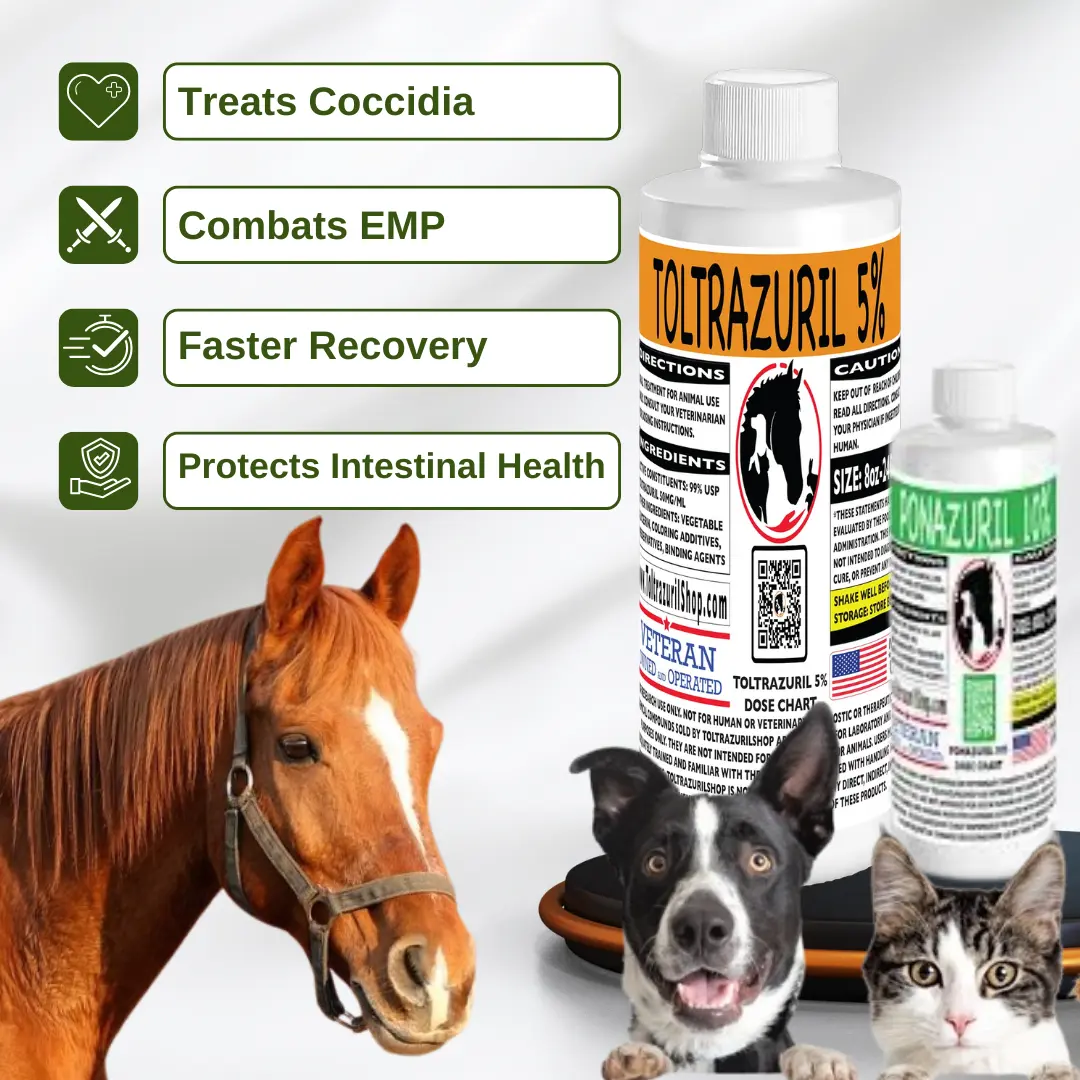No products in the cart.
Tapeworms in Cats: Causes, Symptoms, Treatment & Prevention
Tapeworms in cats are a common intestinal parasite that can cause discomfort and health issues if left untreated. Understanding their characteristics, transmission methods, symptoms, and preventive measures is essential for every cat owner.
What Are Tapeworms in Cats?
Tapeworms are flat, segmented intestinal parasites that attach to the lining of a cat’s small intestine. The most prevalent species affecting cats are Dipylidium caninum and Taenia taeniaeformis. These worms consist of multiple segments, each containing eggs, and can grow several inches long.
How Tapeworms Affect Cats
While many cats show no symptoms, a heavy infestation can lead to digestive disturbances, weight loss, and irritation around the anus. The presence of tapeworms can also cause inflammation in the intestines, leading to discomfort and potential secondary infections.
How Do Cats Get Tapeworms?
How Tapeworms Are Transmitted
Cats typically acquire tapeworms by ingesting an infected intermediate host. For Dipylidium caninum, the most common transmission route is through swallowing fleas that carry tapeworm larvae. In the case of Taenia taeniaeformis, cats become infected by consuming rodents or other small mammals harboring the tapeworm larvae .
Fleas and Rodents as Sources
Fleas serve as the intermediate host for Dipylidium caninum. When a cat grooms itself and ingests an infected flea, the tapeworm larvae are released in the intestines, leading to infection. Similarly, hunting and consuming rodents infected with Taenia taeniaeformis can introduce tapeworms into a cat’s system .
Symptoms of Tapeworms in Cats
Common Symptoms of Tapeworm Infection
- Visible Segments: Small, white, rice-like segments around the anus or in the feces.
- Scooting: Dragging the hind end across the floor due to irritation.
- Vomiting: Occasional vomiting may occur if tapeworms migrate to the stomach.
- Diarrhea: Loose stools can be a sign of intestinal distress.
- Weight Loss: Unexplained weight loss despite normal appetite.
Itching, Weight Loss, and Visible Segments
The presence of tapeworm segments can cause itching and discomfort around the anus. Over time, if left untreated, the cat may experience weight loss due to nutrient malabsorption and general health decline .
Treatment for Tapeworms in Cats
Medications for Tapeworm Treatment
The primary treatment for tapeworms in cats is the administration of anthelmintic medications. These drugs are designed to eliminate tapeworms from the cat’s digestive system. Common medications include:
- Praziquantel: An effective treatment for various tapeworm species.
- Epsiprantel: Another option for treating tapeworm infections.
Preventing Tapeworms in Cats
Preventing Tapeworms through Flea Control
Since fleas are the primary carriers of tapeworm larvae, effective flea control is essential in preventing tapeworm infections. Regular use of veterinarian-recommended flea preventatives, such as topical treatments or oral medications, can significantly reduce the risk .
Hygiene and Regular Flea Treatments
Maintaining a clean environment by regularly washing your cat’s bedding, toys, and grooming tools helps minimize exposure to tapeworm eggs. Additionally, consistent flea treatments, even for indoor cats, are recommended, as fleas can be introduced into the home through various means .
Conclusion
Tapeworm infections in cats are a common issue, but with proper knowledge and care, they can be effectively managed and prevented. Regular veterinary check-ups, flea control, and maintaining a clean living environment are essential practices in safeguarding your cat against tapeworms.
If you notice any symptoms of tapeworm infection in your cat, such as visible worm segments, weight loss, or excessive itching, it’s important to consult a veterinarian for diagnosis and treatment. Medications like Praziquantel are highly effective in eliminating tapeworms, and with consistent flea treatments and good hygiene, you can significantly reduce the risk of reinfection.
By staying proactive with preventive care, you can ensure that your cat remains healthy and parasite-free, helping them live a long and happy life.
FAQs
How can you get rid of tapeworms in a cat?
Tapeworms in cats are typically treated with deworming medications like praziquantel.
Can tapeworms in cats be transmitted to humans?
Yes, humans can contract tapeworms, particularly Dipylidium caninum, by ingesting an infected flea. Practicing good hygiene and flea control can minimize this risk.
How often should I deworm my cat?
The frequency of deworming depends on your cat’s lifestyle. Outdoor cats or those with flea infestations may require more frequent deworming.
How would you know if your cat had a tapeworm?
Common signs of tapeworms in cats include seeing segments (rice-like pieces) around the anus or in the cat’s feces, excessive licking of the rear, weight loss, and scooting.
Do cats poop out worms after being dewormed?
Yes, after being dewormed, cats may expel the worms or worm segments in their feces as the medication works to clear the infection.
For more information on preventing and treating worms in cats, check out our article on “Worms in Cats: Symptoms, Treatment, and Prevention“.


